Our first stop was Tongli, a quaint little town on the southern outskirts of Suzhou. It is located in this Wujiang county, which is approximately 80 km (an hour's drive or bus ride) from Shanghai.

Tongli was stated as the town which resembled the original Suzhou, landscaped by water canals which have been lost in the midst of development and modernization. Tongli is a town which maintains her natural lustre and with the canals all over the town, earned herself the title of the "The Little Venice of the Orient"
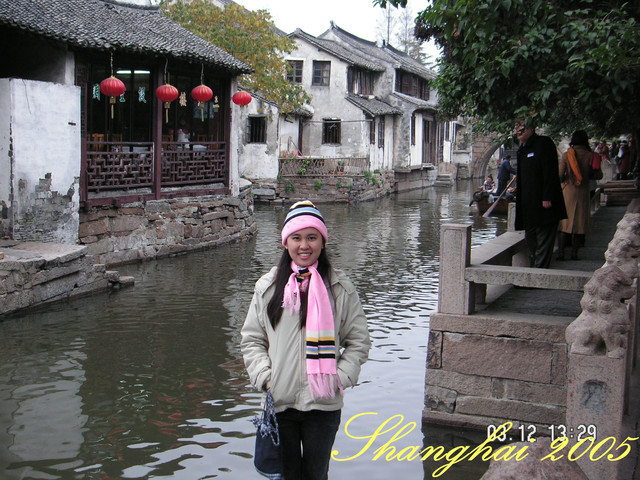
I was fascinated with the rustic feel exuded by the landmarks here; buildings which were heavily inspired from ancient dynasties of Ming and Qing.
In fact, the inspirations were uncanny due to the history of these buildings which dated all the way back to the Ming Dynasty (AD 1368-1644) and also some slightly newer buildings belong to the Qing Dynasty (AD1644-1911).
These are really historical, a history of more than a thousand years and it is no wonder that this town has been marked as one of the top travel attractions if you are ever in Suzhou or Shanghai.
I also read from a source that mentioned that Tongli is a town with seven islands whereby 15 canals flow through them; landscaping the town with water intersections, a truly remarkable topography and something which gave me an idea of how the actual Venice would look like.
Yeah, full of water and bridges =)
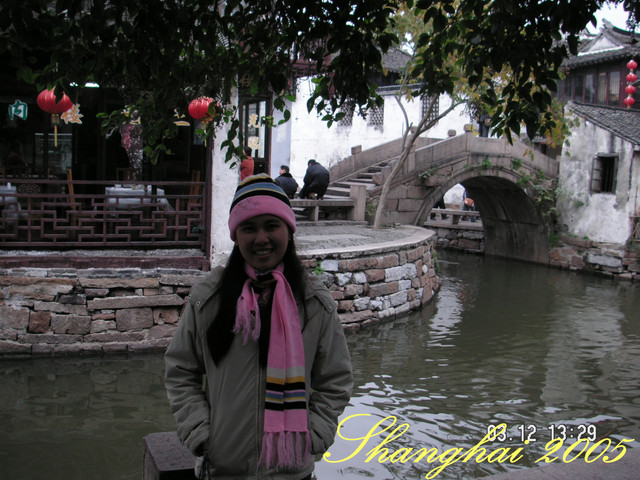
According to Let's Travel China, Tongli is also known as "The Town of One Garden, Two Mansions, and Three Bridges."
There are a total of 49 bridges in this town, which also led to Tongli being known as the "Town of Bridges"
(Tongli does seem to have a list of names in her portfolio, don't you think? Well, what do we expect from a town with ten centuries worth of history)
Another intriguing part is that each bridge has its own name; relating to well wishes such as "Luck", "Peace" and "Celebration".
One of the oldest bridges in this town is the Reflecting Origin Bridge (known as Siben Qiao in Chinese)

Another bridge worth noting is the Ternate Bridges; which were three different bridges named Peace and Tranquility Bridge(Tai Ping Qiao), Luck Bridge (Ji Li Qiao), and Lasting Celebration Bridge (Chang Qing Qiao).
These three bridges somehow intersect and cross three rivers, forming some sort of a ring road.
According to the local superstition, due to the shape and natural landscape of these bridges due to the three rivers, they resemble a symbol for fortune and prosperity which the locals believed in. In fact, they are so convinced of the symbolic bridges that they would cross or walk on the bridge for good luck. This is imminent when the locals throw events of celebrations; such as weddings and birthdays.
There is a list of interesting places to check out when in Tongli, besides the natural landscapes of the historical buildings and the canals which seem to be everywhere.
The most famous is this TuiSi Garden (Retreat and Meditation), which was built by Ren LanSheng, a retired royal official.
The place was erected in the year 1886, which coincided with the reign of the Qing Dynasty.
The name of the place, or rather, more of a garden, was to fulfill the notion of the Chinese scholarly saying, "When in office, one should be loyal to the emperor; when away from office, one should meditate upon his previous faults."
Hence the name of the Retreat and Meditation was to achieve the above objectives.
Quoted from WuJiang China
Tuisi Garden
Built during the Qing Dynasty and named after a notable quotation from ¨Zuquan”, Tuisi Garden is the private mansion of Ren Lansheng ,a prefectural-level military official served in the reign of Emperors Tongzhi and Guangchu. Covering a total area of 9.8 mu, the garden is consisted of two sections. The exterior section has six courtyards divided into two parts and each of them is accommodated with a gateway, tea hall and main hall. On the eastern side in the interior section there stands Yuanxiang Tower which is named after the master’s own style name. The houses built on the south and north side of this courtyard are exclusively for the master and his family members. Tuisi Garden is located on the right side of this courtyard. In the middle of this well-known garden grow many camphor trees with large crowns. Nearby Suihan Lodging there is a marble boat. Between the middle courtyard and the main structure of Tuisi Garden situates a moon-shaped gate with square bricks. Passing through this gate, you will be fascinated by a typical Chinese classic landscape composed by halls, pavilions, terraces, towers, stream, pond and bridge.
As a major scenic spot of this garden, Tuisi Cottage is constructed in a magnificent style. Standing on a waterside platform before this cottage, you will enjoy a panorama view of this renowned scenic spot which looks just as attractive as a long scroll of Chinese traditional painting. They include Shuixiang Pavilion, Naohong Boat, Heavenly Bridge, Xin terrace, Guyushengliang Pavilion,Three-Turning Bridge and Guihua Hall.

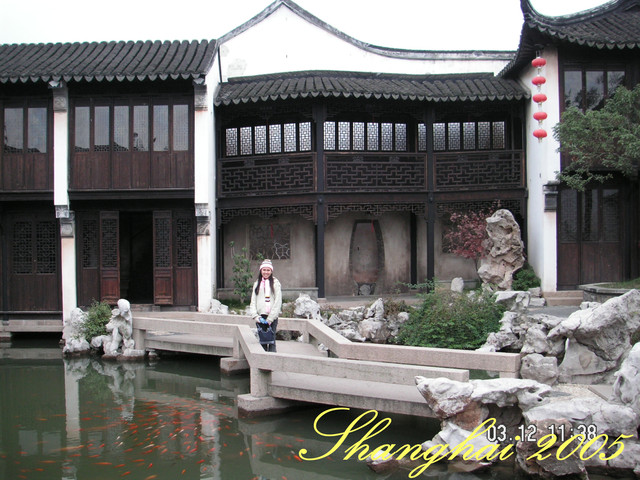



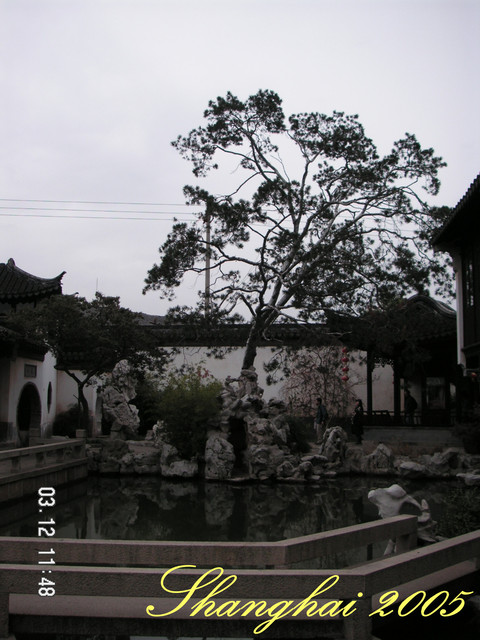

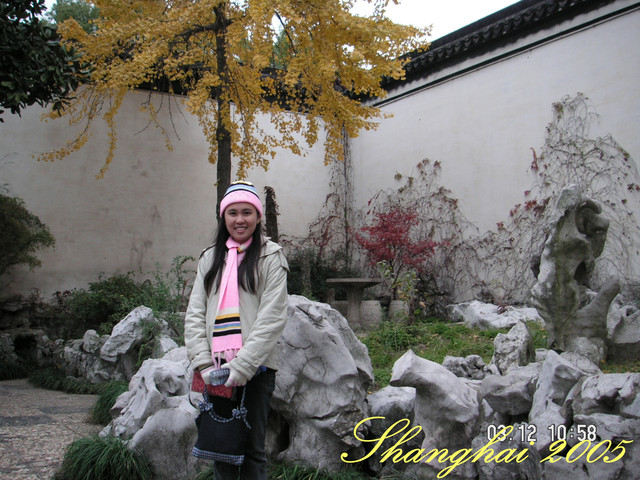
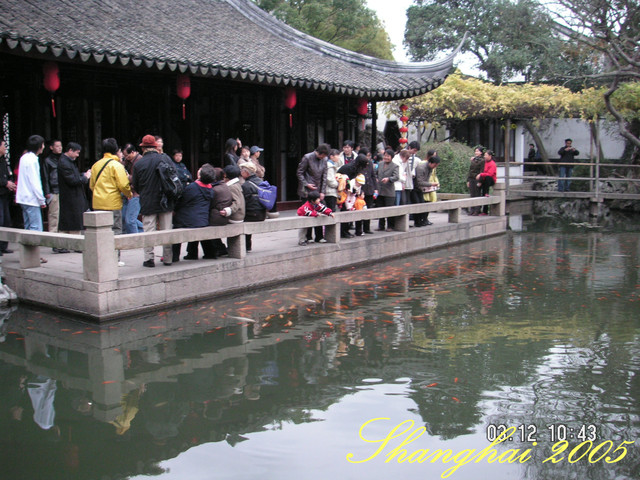


Impressive and one truly felt at peace and tranquil when browsing through the place.
The charming landmark certainly lived up to its reputation and award as a World Cultural Heritage Site by the United Nations Educational, Scientific and Cultural Organization in 2000.
Another two notable places to visit would be the Two Mansions of Tongli; namely the Chongben Hall and the Jiayin Hall.
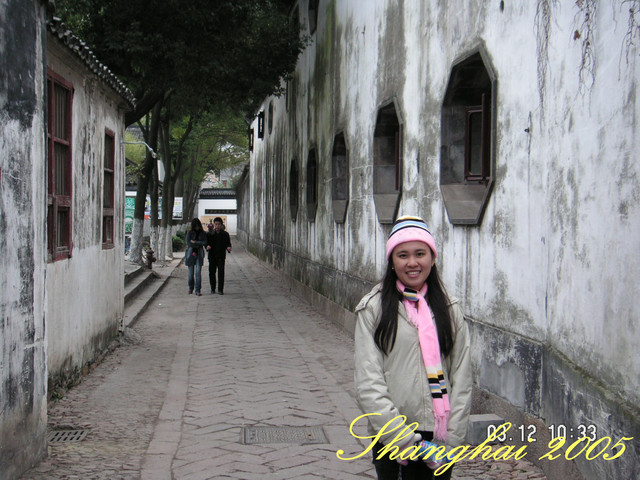
They were actually on opposites side of a bridge; each facing the other and each holding vast secrets and pride of luxurious ornaments and interior design, with their exquisite and well-maintained private gardens.

Pearl Pagoda Garden is a must visit if you are in Tongli, so don't leave this water village town before visiting this exquisitely charming garden which boasted of breathtaking scenery and views.
This is the Largest garden in the town, and it is home to so many different gardens; each with their own unique style that you just feel excited (and definitely not bored) visiting each of them.
For me, the only main issue was the cold winter wind which made me shiver out here in the open...brrrrr...
The Pearl Pagoda, where the name of this garden came from

From the balcony on top of the pagoda
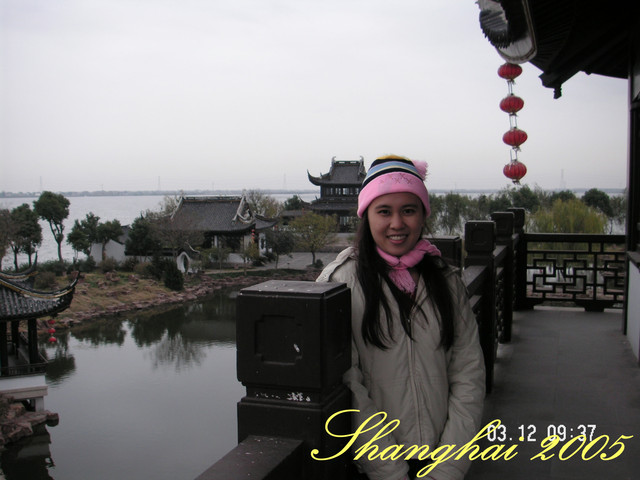
Isn't this view just magnificent?
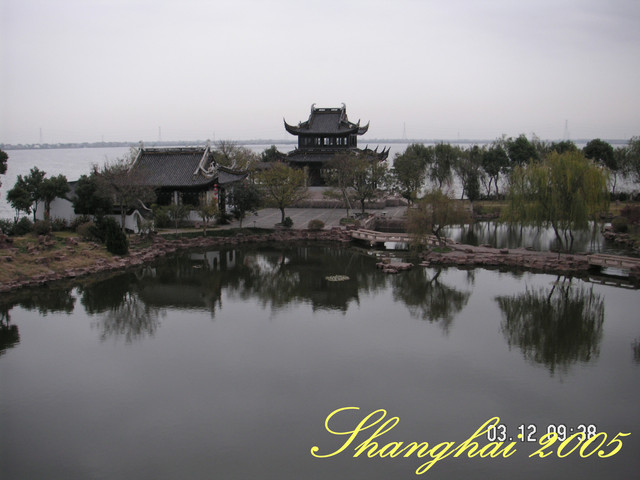
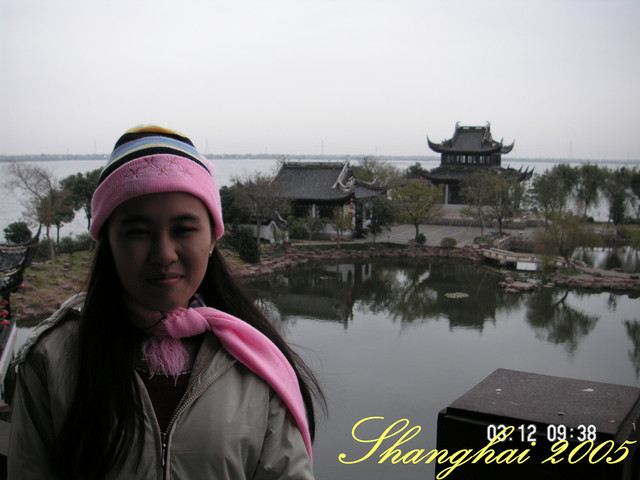
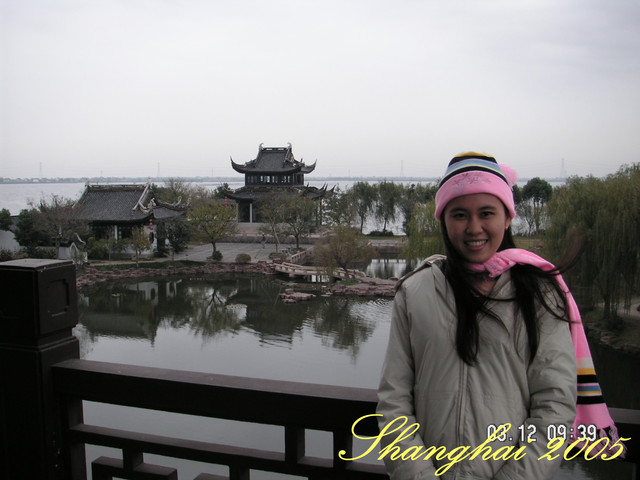
Inside the pagoda
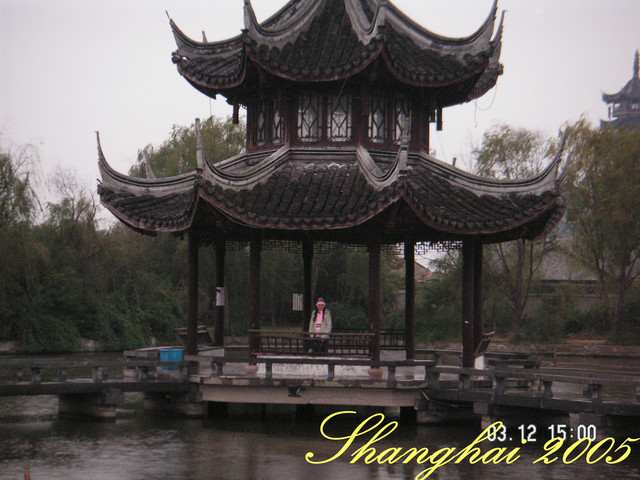
Inside the bell tower on top of the pagoda
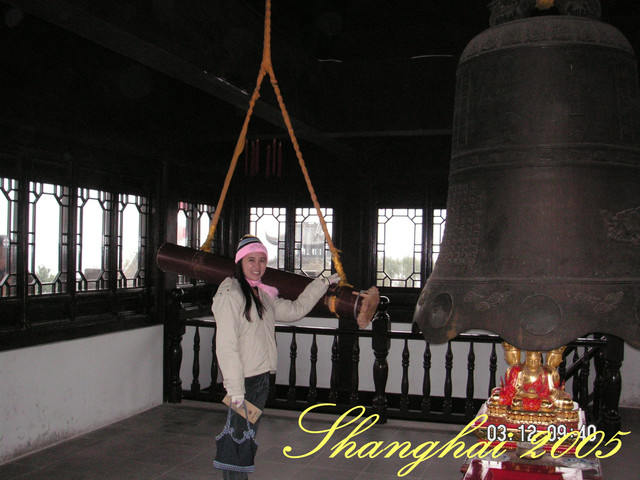
More of the breathtaking scenery and the garden
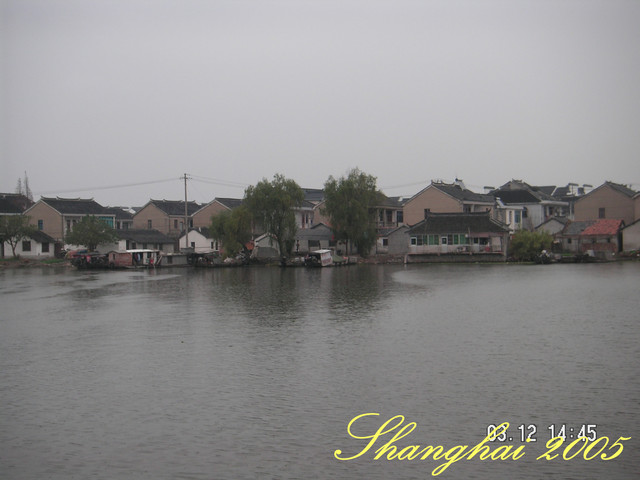



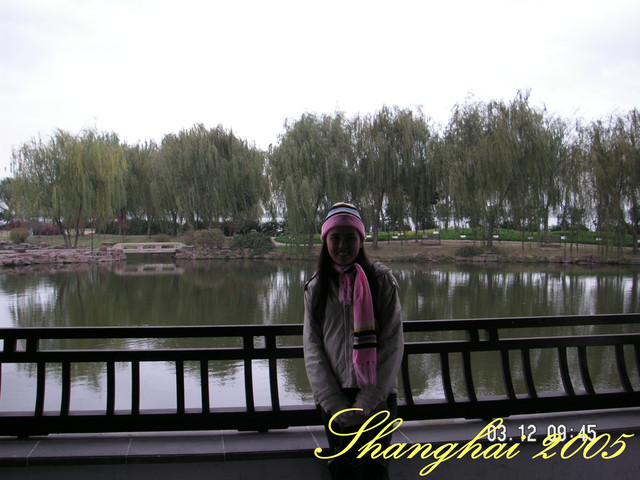

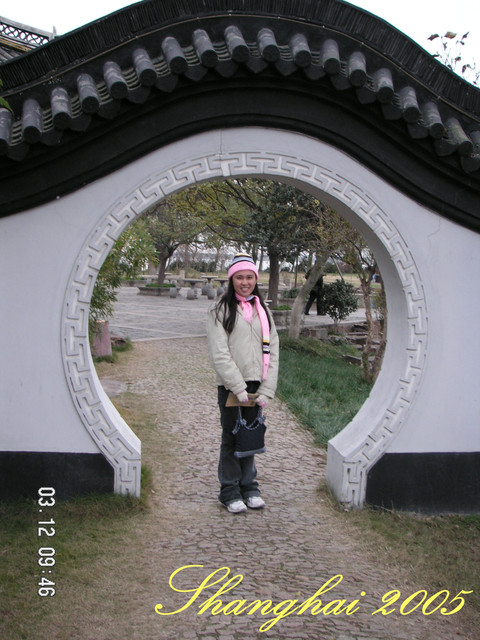

In front of the Temple of Goddess of Mercy

More scenery



I LOVE the willowy trees; Wind in the Willows was so totally true to the description at that point

The Pearl Pagoda in the background

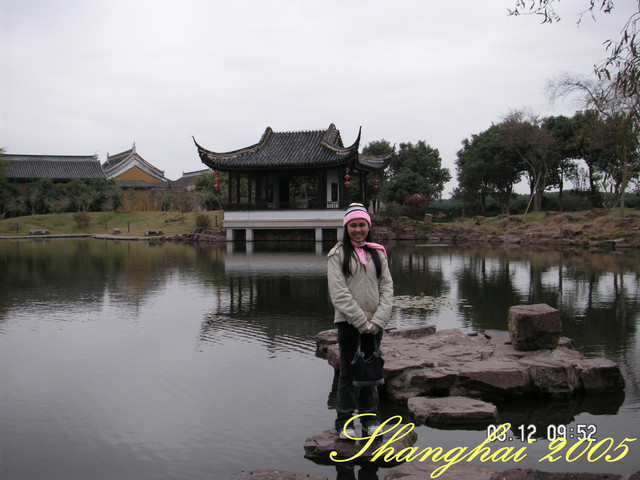
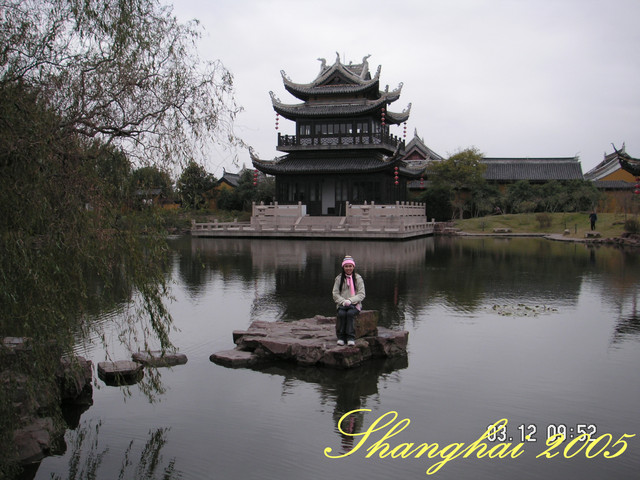
After the memorable visit to the Pearl Pagoda Garden, I was about to leave Tongli town to head on to the next water village town on the itinerary.
I stopped by the Film and Television Studio Base in Tongli, which was right near the entrance of the town

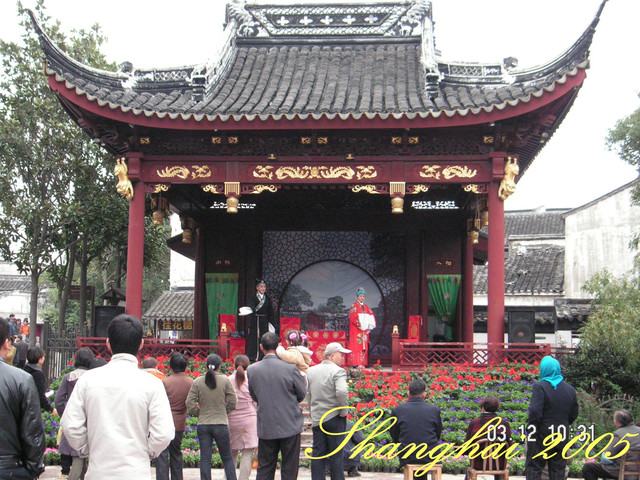
Goodbye to Tongli, it was definitely one place I would remember forever.
Truly, it is, the Venice of the East =)

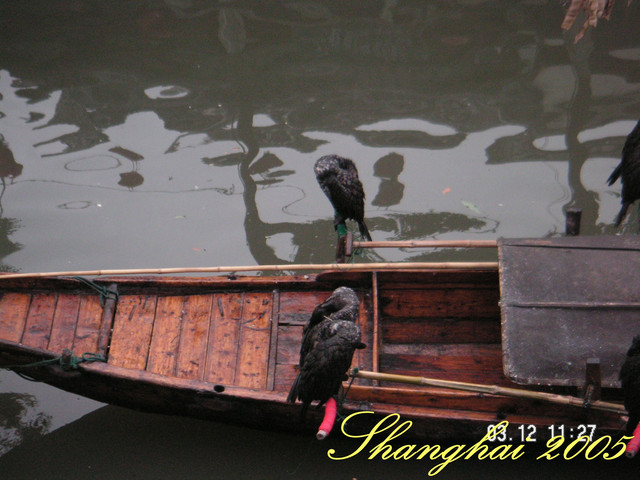
To be continued...

Beautiful selection of pictures of one of the very few water towns around Shanghai I haven't visited. They are truly picturesque and they certainly give a good idea of Chinese traditional architecture.
ReplyDelete